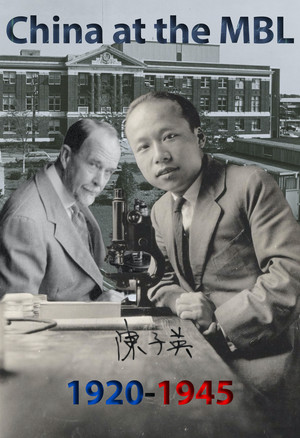Tang worked enthusiastically with Ralph Lillie and Ralph Gerard, and finished two papers about the changing respiration rates in sea urchin Arbacia after fertilization. Impressed by Tang’s scientific capability, Lillie and Gerard funded Tang to come back to the MBL as an assistant for Lillie for the next summer in 1931. In 1931, Tang worked alongside his new wife, Violet Wong (黄萃梧), on the functions and changes of phosphagen in neuronal signal transduction in lobsters.
During the two summers at the MBL, Tang not only formed friendships with scientists, but also impressed the MBL community with his exceptional tennis skills. Having been among Tsinghua University's famous athletes, Tang showed off his tennis skills during the daily matches after lunch with other tennis dilettantes, such as the neurobiologist Hallowel Davies from Harvard. They cultivated a few loyal fans who would linger at the tennis court everyday after lunch in expectation of a wonderful tennis performance.
At the MBL Tang also met his compatriot scientists, who would play important roles in building Chinese biological disciplines. They included physiologist Feng Te-Pei (冯德培), Chang Tsung H. (张宗汉), and Tuan Hsu-Chuan (段续川). Feng and Chang were important figures in founding the Chinese Association of Physiology, while Tuan contributed greatly to increased Chinese agricultural productivity in the later half of twentieth century.

